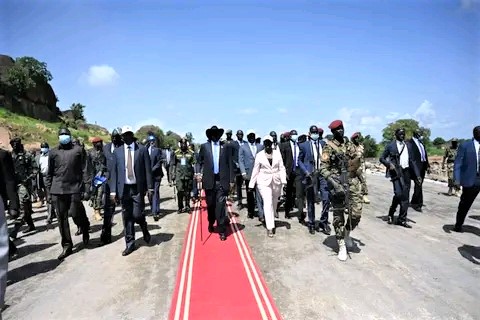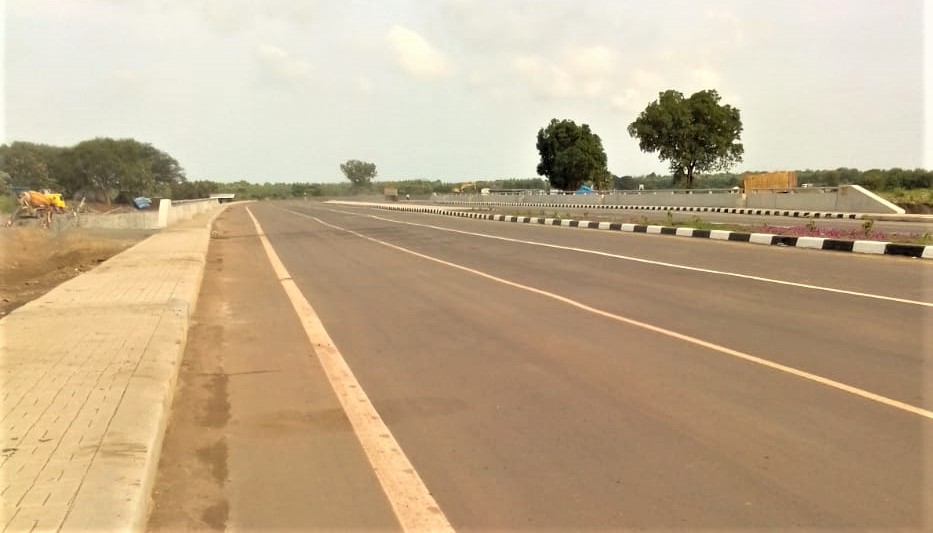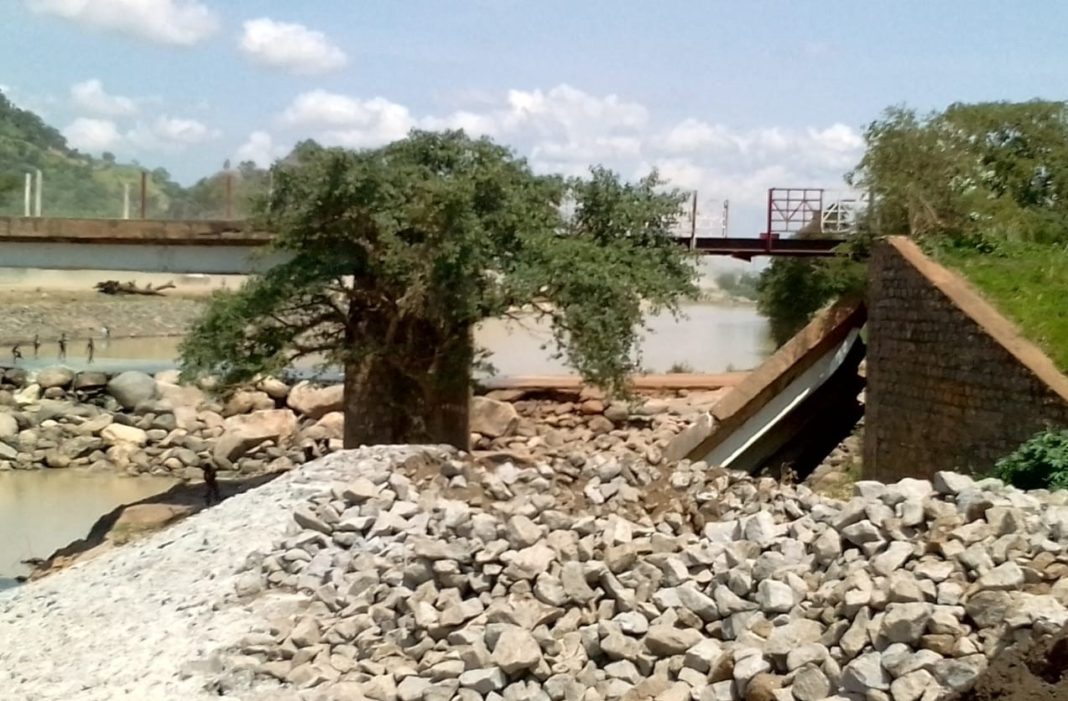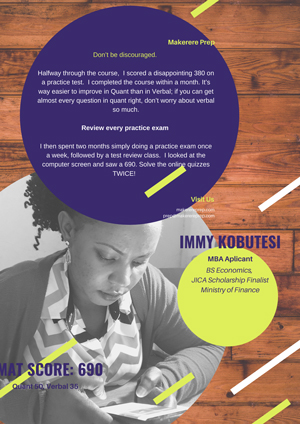On a chilly Saturday morning breeze, Luri Bridge looks deserted, except for the-once-in-a-while crisscrossing bike-riding charcoal traders. Beyond the bridge, armed uniformed men emerge and the sight of civilians drops to a trickle. It’s a checkpoint. Shivers run down my spine, as if I am walking into a giant military barracks. Four goods-carriage trucks, at the start of a more than 750km-journey to the northern Southern sudan, are undergoing routine security checks. Nearby, graders work on the newly launched Yambio-Wau Highway, though a few hundred meters further, a different picture emerges – one of a place that has stood still, devoid of human activity.
It’s a Death Trap
I am at Luri Bridge, the weekend after its fan-filled launch, to have a better feel of the bridge, its ascetic beauty, and its impact on communities that, mobbed by the thousands of massive crowds that trekked to the area to witness the bridge launch, I had missed during the official opening. The Luri River has been a death point, flipping land cruisers and trucks, including a Land Cruiser in 2019 and a mourners’ carrying minibus in 2017, whenever the water roars. “Since the collapse of the first bridge in April 2012, we never expected to see that a bridge will be built here in our lifetime. Now, there will be no more anxiety of how to cross the river, if one goes to sell farm products in the city,” Juan John, an excited local dancer who lives near the bridge and a beneficiary of the $10,000 that President Kiir donated to the dancers at the launch of the bridge, tells www.timeoftheworld.com.
First, back to a week earlier. Juan is among residents of this area, about 25km out of the center of Juba, who start dancing as early as 6:00am as they await the arrival of the country’s President amid entertainment by singers Garang Atem and Emmanuel Kembe. The community is buzzing. When an Azande-language song by the late BBB Música, titled Luri Bridge, plays – and before the crowd realizes which song is playing – National Assembly Speaker Jemma Nunu Kumba jumps to her feet, unleashing her youthfulness through dance. The Vice President Taban Deng Gai, who is in charge of the infrastructure cluster, and the Information Minister Michael Makuei follow after her closely – each bringing different dance styles. The crowd cheers. The song, Kumba translates, questions whether the Luri River was meant to finish the Azande people. “In the late 2000s, a minibus carrying 14 enterprising Azande men and women, drowned in this river and their remains were found after four days. Is this bridge meant to finish the people of Azande of Western Equatoria?” Kumba says, adding that BBB Musica was the first person to champion the construction of the bridge. Western Equatoria is one of the ten states of South Sudan. “Today, even in his absence, we want to say that enough is enough and we have put an end to the unnecessary death of our people.”
Much Money, Much More to Fund



The 90 meter Luri Bridge is a beneficiary of a government policy, adopted five years ago, to mortgage future crude oil for infrastructure projects after failing to raise external financing. The national revenue always found emergency needs and competing political interests, ensuring that costly infrastructure projects always got kicked down the line. Emergencies, in this case, are broadly defined. It could be floods and disease outbreaks, but it could also be hash money to pay off communities, and the politicians who fuel community revolts. “When oil is sold for cash, the ministry of Finance might end up prioritizing other things other than roads. At least, we are able to see results of this initiative through the several roads & bridges under construction,” Twic East MP, a member of the National Assembly’s Petroleum Committee, Eng. Mayen Deng Alier, tells timeoftheworld.com.
Cost? 10,000 Barrels Daily
The now government chief whip, Rebecca Joshua Okwaci pushed the policy when she was Roads & Bridges Minister after unsuccessful foreign trips to secure funding. The policy meant that infrastructure projects would proceed, no matter the country’s emergency needs and short term political interests. Such interests are many and, often, ad hoc. Take the decision, as part of the current peace agreement, to create a 650 member parliament for about 11 million people – a ratio of one MP per 17,000 citizens – compared to, say, Kenya’s 290 MPs for 53 million citizens – a ratio of one MP per 186,000 citizens, siphoning off resources to maintain a bloated public sector. “There’s nobody who will come and just give you money for roads. When we travelled to china with His Excellency the President, we had already tried to get a loan from China and it was difficult because we also had a part to pay. But we managed to go for a policy. I got together a policy to allocate 10,000 barrels a day…from the oil and put to put it aside for roads,” Ms Okwaci said in a previous interview. The 10,000 barrels of crude oil a day is less than ten percent of the country’s daily crude output (about 150,000), yet cementing such a deal has been key to the infrastructure sector withstanding the country’s economic turmoil and budget cuts across the board. For context, until early June, public servants had not been paid for the past six months. “I did a lot of homework in terms of technical work, contracts. I am happy that the one who followed me has gone ahead, (with the policy),” says Okwaci.
Since the policy was adopted, three bridges have been launched in the past two months, among them the 30-meter long Kubri Habuba Bridge, nestled in Juba’s fastest growing suburb that lies some 10km apart Luri Bridge. Construction of three highways is already ongoing – the 151km Bor road that would ultimately connect the country to Ethiopia from the northeast, the 750km Juba- Yambio-Wau highway that connects to both DR-Congo from the southwest and the Central African Republic and Sudan in the northwest. The Juba-Torit highway will ultimately connect to Kenya through the southeast. To date, the only paved link to the outside world has been the 200km Juba-Nimule highway paved with US Government funding and whose bridge across the Nile has been under construction for over a decade, funded by a $119 million Japanese Government grant. Before Nimule road was paved, the then Southern Sudan region had only 5km of paved roads, but independence saw a flurry of development projects that were suspended by wars. as the mood in the country trends back to positive, so have the infrastructure projects resumed amid numerous economic crises visible in the rising inflation. To complete the regional integration of the country, the bridges will all have weigh bridges to ensure that loads don’t exceed the regionally recommended 56tonnes. Launching the Luri Bridge, President Kiir cites it as part of a deliberate policy to develop infrastructure. “This is the third bridge we are inaugurating in a space of two months. This is not a co-incidence, but a deliberate policy of the government towards infrastructural development,” says President Kiir, adding that the internal connections through roads would make it easy for the country to regionally integrate.
As important as regional connections were seen, so were the internal connections. “Through this bridge, we are opening the city of Juba to the food baskets of Western Equatoria and, thus (leading to an) increase in local trade because we need roads to access the markets. We also cannot integrate regionally if we do not have local road connections as a land locked country,” says the Minister for Roads and Bridges Hon Simon Mijak Mijok.
In Aftermath, Questions Over Value for Money

First, how do you ensure value for money for a multi-year deal signed years back? “There is little transparency in regard to how much oil is spent per road project. The government needs to have a clerk for every project, who has to be a technical person, to provide an update report alongside that of the project contractors. He or she will be able to specify the amount, scope, quality, and any other design changes that might arise in the course of the project,” Eng. Mayen Deng Alier, tells timeoftheworld.com.
Second, how do you decide on which infrastructure project goes first given that the contracts were signed years back? “When I was in Bentiu, the people there were complaining that the road projects should start from their place because they are an oil producing state. Some executives decided on which roads should come first simply because of their areas of origin, but the best approach should be based on the economic importance attached to a particular road,” says Eng. Alier, adding that the highway to Yambio is necessitated by a desire to tap into that region’s food basket and the one to Bor to tap into the fish, while Bentiu ought to be considered if an oil refinery gets built there. The scattered population centers over a massive territory make it harder to decide on which road goes first. South Sudan’s 644,000sq kilometers is larger than Kenya’s (58,000 sq. kilometers), just under three times Uganda’ (247,000sq km) and just under thirty times Rwanda’s size (26,000 sq. Kilometers), but has less than Rwanda’s population (13 million). Yet, to unite the country and deepen nationhood, the country still has to invest massively in infrastructure, failing which could create a DR-Congo curse, where the failure to connect led to a perpetual cycle of violence. Again, to put this in context, DR-Congo has about eight times the population of south Sudan, but is just over three times larger. These are not the only handicaps.
For Some, an Opportunity to Relocate to Towns
In a country devoid of services in the countryside, infrastructure is accelerating rural to urban migrations as people cash on their lands to go live the inner city life, where they can, at least, access the scanty basic services. Since work on the Luri Bridge started around 2019, people with an eye on the future have descended on the area, buying up chunks of land – a few kilometers from President Kiir’s suburban farm home, as affluent families seek to live beyond the crowded, dirt-poor, noisy city center. Where the city and most of its suburbs are humid and stuffy daylong, Luri offers cool, breezy nights. Vice President Taban Deng Gai has a farm home in the area, close to the president’s farm; so have many other people with an acute sense of the future development trajectory of Juba.
Luri is surrounded by leafy hillsides, quarrying sites, and several small streams, most of them emptying into the River Nile. A natural breeze brought by the open waters washes over my face. To the left of the bridge lies a colonial era bridge destroyed by the Sudan People’s Liberation Army as the then rebel group sought to hamper the pursuit of the Sudanese army during the country’s 21 year civil war. To the right of the new bridge lies the wreckage of an old yellow lorry that succumbed to the ruthlessness of River Luri, an everlasting reminder to pedestrians and to riders of the deadliness of Luri River. Now this suburb of death is up for grabs to the highest bidder. “Currently, the cost of land around the Luri bridge is the most expensive in Juba County and all that is because of the bridge,” says the Roads Minister Mijok. That, inadvertently, completes the whole story.




